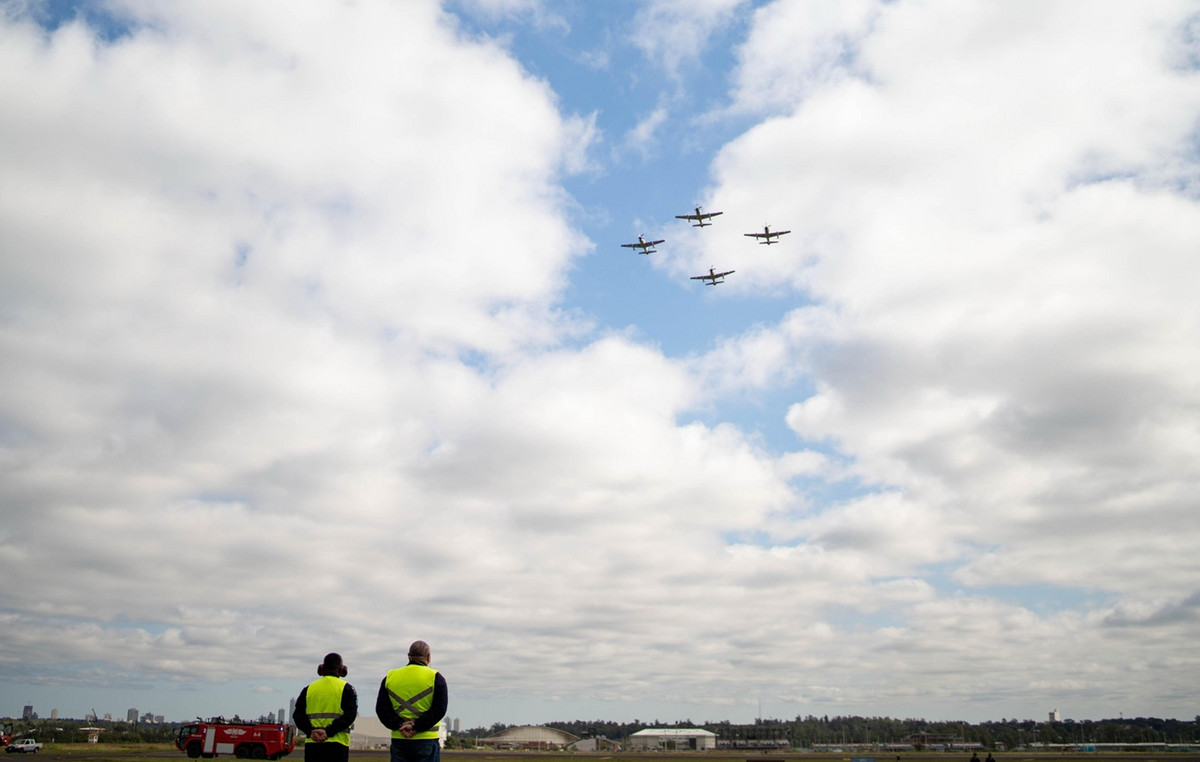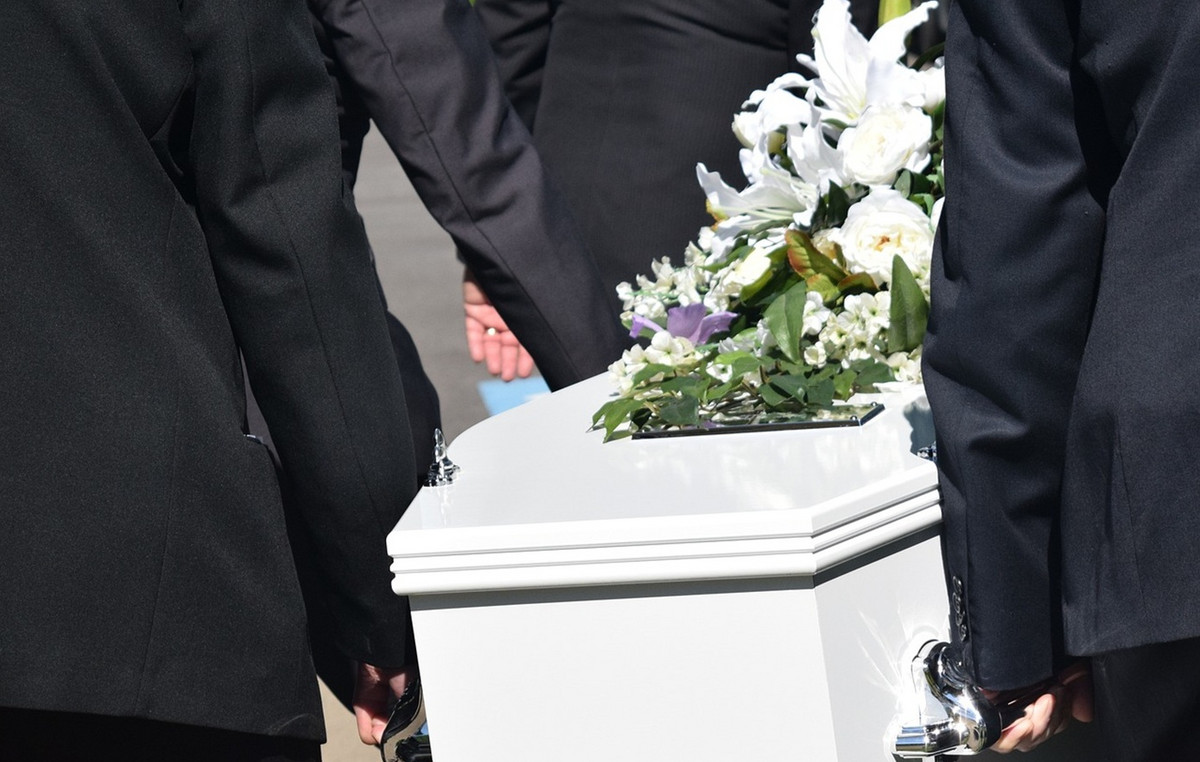Boeing launched its Starliner spacecraft, designed to take astronauts to and from the International Space Station (ISS), on an unmanned test mission Thursday night.
After failing two attempts to complete the mission, Boeing’s goal is to prove that the spacecraft can dock with the ISS. The test must be successful before Boeing moves on to missions with people on board.
The spacecraft took off at 6:54 pm on Thursday, US East Coast time (7:54 pm in Brazil), attached to an Atlas V rocket launched from the Cape Canaveral Space Station in Florida.
After being put into orbit, the spacecraft fired its own thrusters to reach the ISS. About half an hour after launch, Boeing officials confirmed Starliner’s “orbital insertion”, confirming that the spacecraft was on course.
However, during a post-launch press conference, official sources revealed that the thrusters did not work exactly as expected.
“Two thrusters failed,” said Mark Nappi, vice president and program manager for Boeing’s Starliner program. “The first thruster ran for a second and then shut off. In view of this, the flight control system activated the second thruster.”
The second thruster, however, ran for just 25 seconds before shutting down, according to Nappi, forcing the flight control system to take over again and fire a third thruster, which worked as intended.
“The system was designed for redundancy and performed as intended,” Nappi told reporters Thursday night. For the vice president of Boeing, the issue should not impact the overall mission.
Aboard the flight are some supplies for astronauts already aboard the ISS, as well as a mannequin wearing a special suit named Rosie. The name is a tribute to the design of Rosie the Riveter, a girl portrayed on a World War II poster that became a symbol of feminism.
The Starliner capsule has proven to be a difficult program for Boeing, which initially expected the spacecraft to become operational in 2017 but has been plagued by delays and development difficulties. The first test flight attempt, called OFT-1, in 2019, was aborted due to a problem with the onboard clock.
The error caused the onboard thrusters of the capsule to fail, knocking it off course. The officials decided to take the spacecraft back home instead of continuing the mission. It took over a year to resolve this issue and a host of other software nonconformities.
More recently, Starliner has been hit by valve problems. When the spacecraft was about to launch in August 2021, a pre-flight check revealed that the main valves had stuck and engineers were unable to resolve the issue in time.
The capsule had to be removed from the launch pad and returned to the Boeing factory for further investigation of the problems.
Since then, the valves have become an ongoing source of care for the company. According to a recent Reuters report, Alabama-based subcontractor Aerojet Rocketdyne that makes the valves has been at odds with Boeing over the parts.
Boeing and NASA also clashed, according to reporting and comments by NASA officials during recent press conferences.
An investigation has blamed moisture entering the valves and causing “corrosion” and “bonding” between parts, as Starliner’s own vice president and program manager, Nappi, revealed at a press conference last week.
This led the company to come up with a short-term solution, creating a purge system, which involves a small bag designed to keep away corrosion-causing moisture. NASA and Boeing say they are comfortable with this solution.
“We’re in good shape to fly with this system,” Steve Stich, NASA’s Commercial Crew Program manager, said last week.
But this may not be the perfect solution. Boeing also revealed that it may have to redesign the valves.
“There are some additional tests we want to do and based on these results we will solidify what kind of changes we will make in the future,” commented Nappi. “We will probably know more in the coming months.”
If Boeing does go ahead with a more extensive overhaul of the valves, it’s unclear how long that would take – which could further delay the first Boeing astronaut mission. The problems with Starliner also cost the company about half a billion dollars, according to public documents.
However, SpaceX, once regarded as the weakest competitor in NASA’s Commercial Crew Program, has already launched five astronaut missions for NASA, as well as two tourism missions. SpaceX’s Crew Dragon was the first to transport astronauts into orbit from US soil since the Space Shuttle Program ended in 2011.
Source: CNN Brasil
I am Sophia william, author of World Stock Market. I have a degree in journalism from the University of Missouri and I have worked as a reporter for several news websites. I have a passion for writing and informing people about the latest news and events happening in the world. I strive to be accurate and unbiased in my reporting, and I hope to provide readers with valuable information that they can use to make informed decisions.







